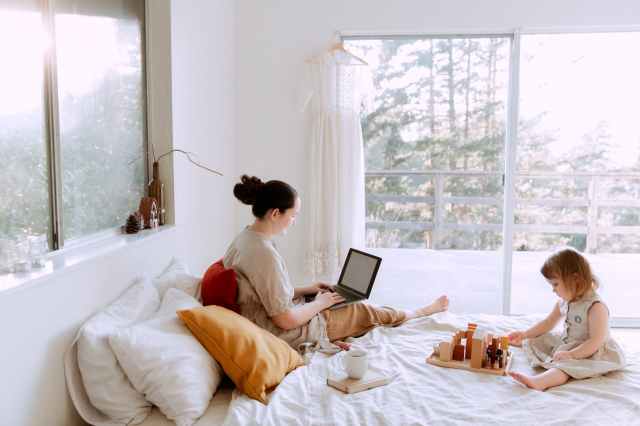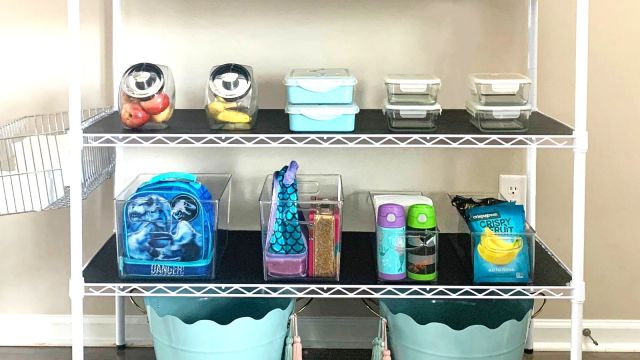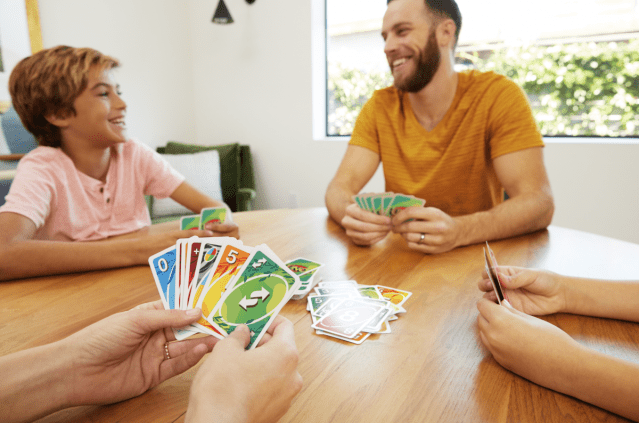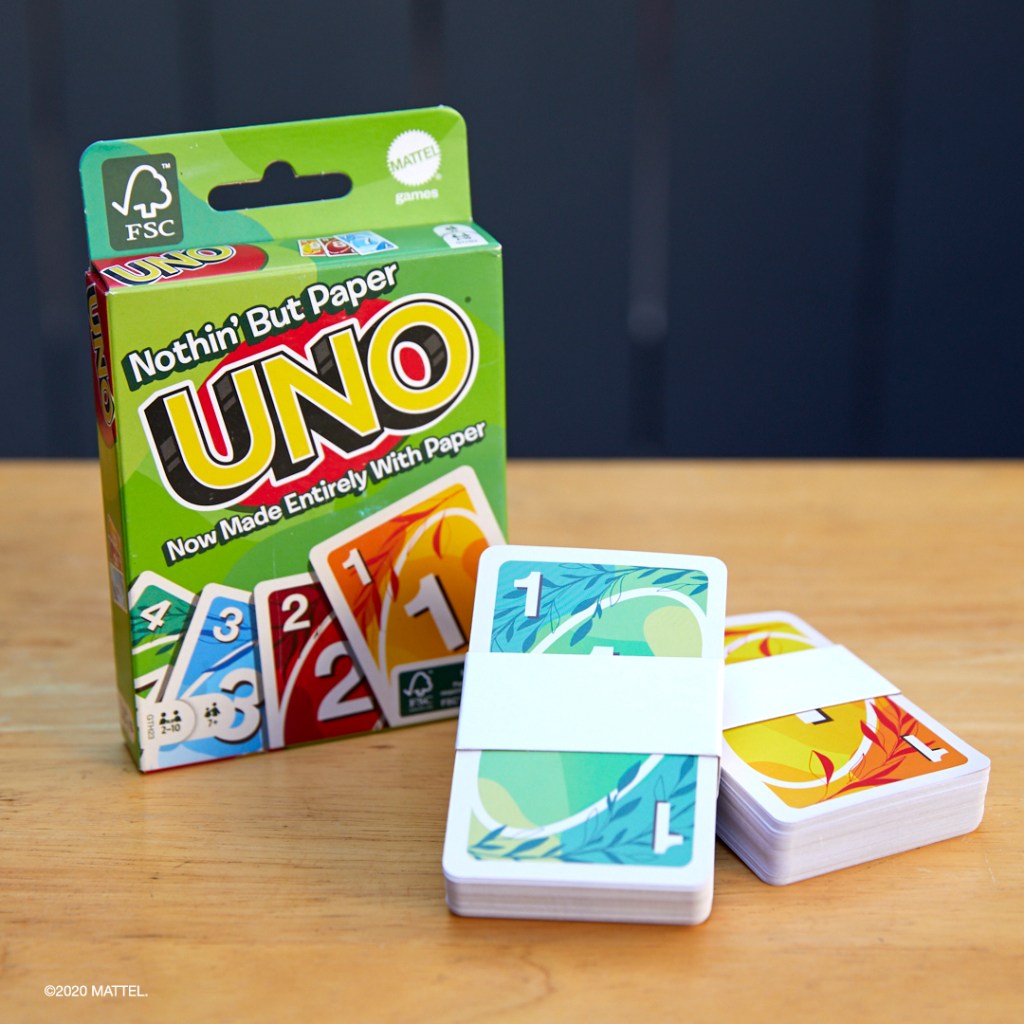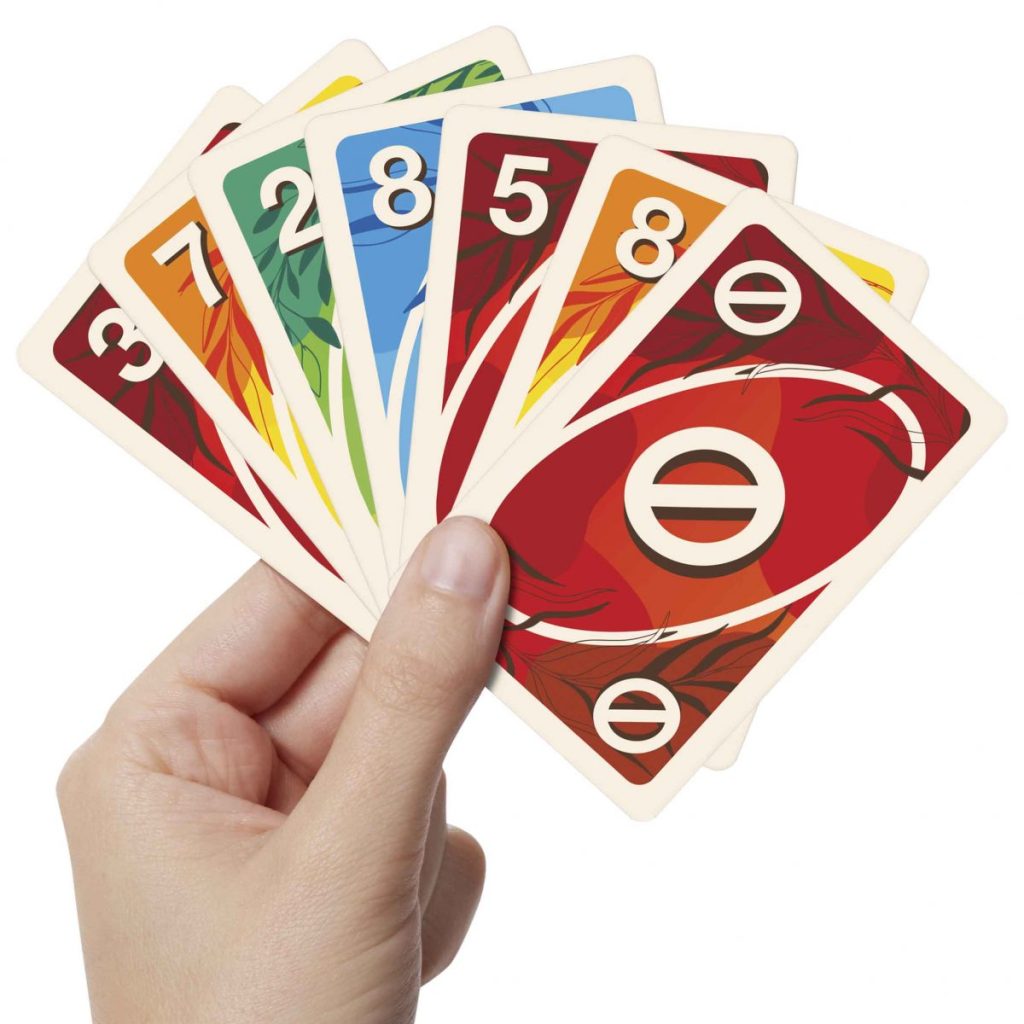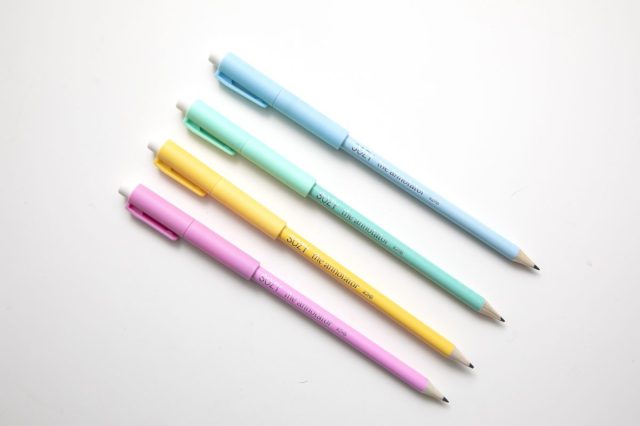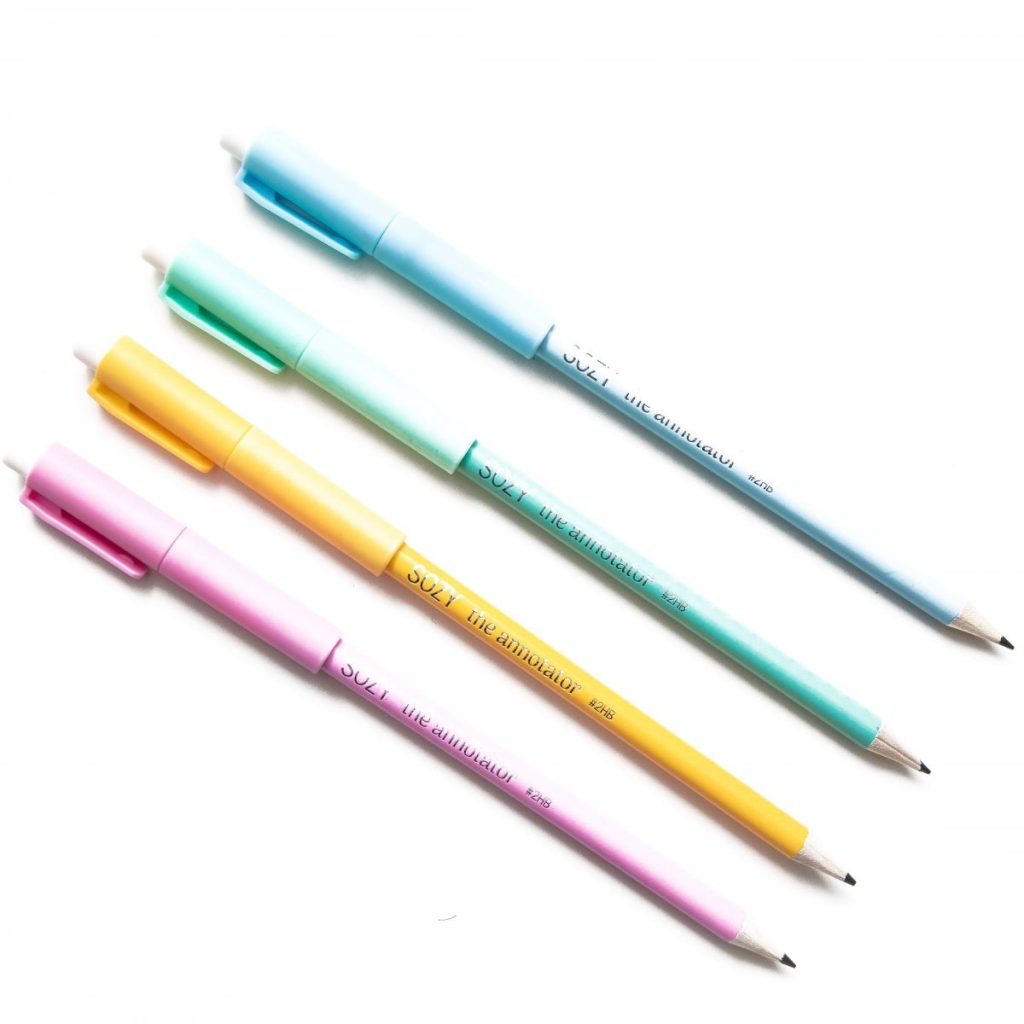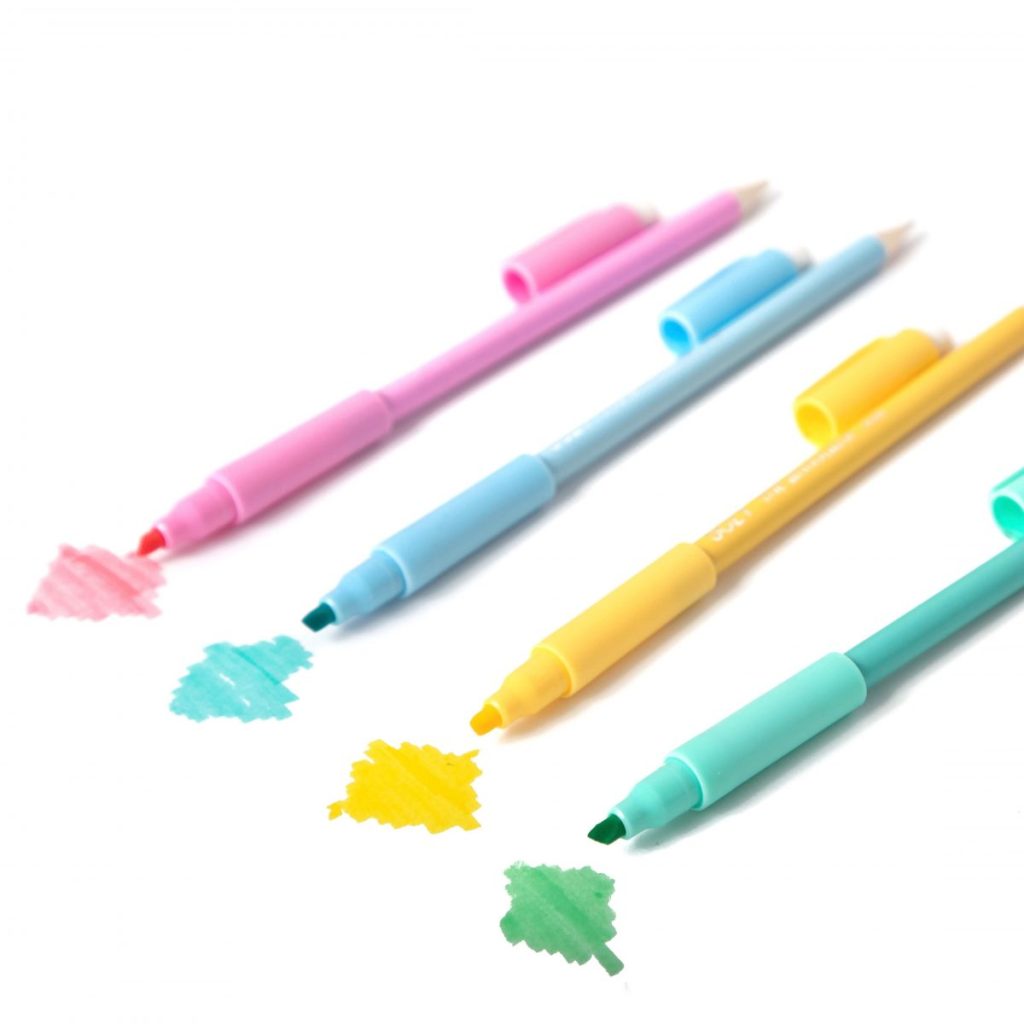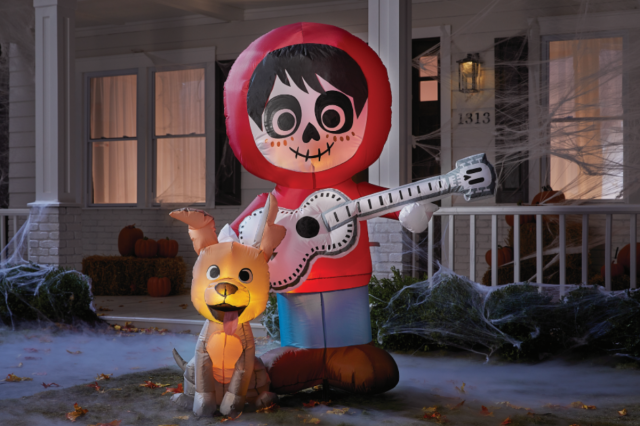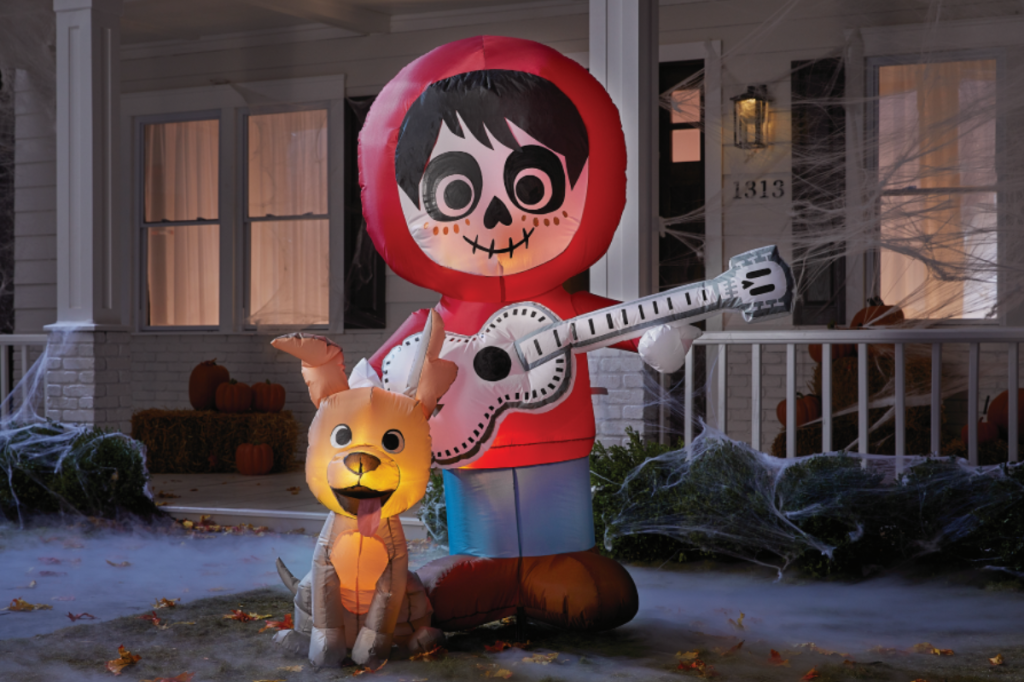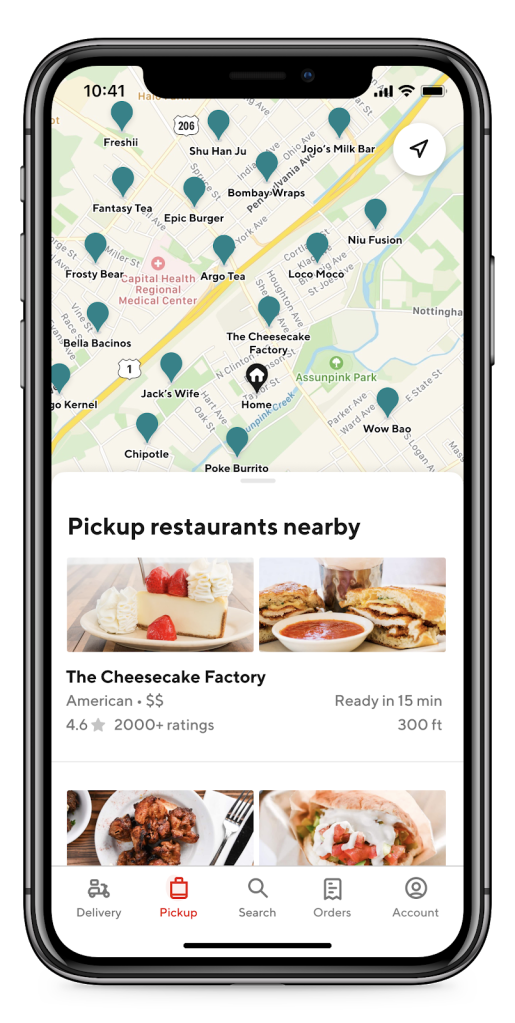Lunch boxes coming back home full can create a lot of frustration and frictions at home, especially if you are the parent of a child who doesn’t enjoy a wide array of food. The good news is that there are easy strategies that you can use to encourage kids to eat their school lunch.
Mathilde Cerioli, Positive Discipline Educator for Little Dragon, has 4 easy steps to teaching our kids how to be responsible for their lunchbox. This is an efficient first step towards a healthier relationship with their lunch. Read them all, and don’t forget to download your FREE printable before your leave!
1. Put the Kids in Charge of Their Lunchbox. Encourage your child to carry their lunchbox to and back from school. Whether you’re taking the car or walking to school, their lunchbox can be their responsibility. They can start doing so at a really young age, it will help them take some responsibility for their lunch. As they get older, you can also encourage them to empty their lunch bag and wash their containers (or place them in the dishwasher) when they get home.
2. Involve Children in Making the Menu. The first step to teach your child how to make their own lunch is to talk with them about what constitutes a proper lunch. You can introduce them to the different foods they will need and give them options to choose from. By giving choices, it is not up to them whether or not they get vegetables for instance, but they get to decide between carrots or cucumber, broccoli, or peas. You can also plan a trip to the grocery store and let them pick a new fruit or veggie they are ready to try. See useful resources below to help you start the conversation.
Remember, the main goal of lunch is that they get the fuel they need to learn, focus, and stay active all day. So, if you have a broccoli hater on your hands, the lunchbox is probably not the right place to convince them to try some. Prefer a moment during the week when they will be more relaxed and will have more time to make new experiments.
3. Teach Them How to Prepare Their Lunch. Did you notice how easier it is to throw away leftover pizzas you ordered, rather than food you spent 45 minutes cooking? That’s because you know the energy that went into making it. So, why not make the kids take part in the process the same way?
Children can start being involved in making their lunchbox early on. Younger children can help put the food in the container, while older ones can start peeling and cutting food. It is more time consuming to cook with children, so it does not have to be something you do every day. But, you could decide together on a day when children help. However, do not expect your child to know how to do things, use a positive parenting tool ‘Climb the Ladder’ to do so! First, you start doing it and they watch, then you do it together, then they can do it by themselves. This will take several days for some skills.
4. Ask Them about Their Lunchtime. Invite problem-solving when the lunchbox comes home mostly untouched. Children might not eat as well for many different reasons, some they might have not even identified themselves yet. Is lunch too long to eat and they don’t get enough time to play? Do they have a wiggly tooth and carrots are too hard to eat? Is there a food item in their friend’s lunchbox that they would like to try? Then, talk with them about how to change whatever is keeping them from eating. Maybe pack something more nutritious that is faster to eat? Maybe cut the carrots a different shape so they are not bothered by their wiggly tooth?
Resources to Help You Get Started:
Lunchbox Packing Tips: 5 Basics you need to know before you get started with lunch packing.
Teaching Kids: 4 Easy steps to teaching your child to be responsible for their lunchbox.
Get inspired. Visit Teuko.com and see what other kids actually eat.
Teuko is the first platform that empowers families to simplify lunch packing. Using Teuko, they can find and share kid-approved lunchbox ideas, recipes, and tips, all in one place. Teuko is transforming the lunch packing experience by boosting inspiration and motivation week after week.








